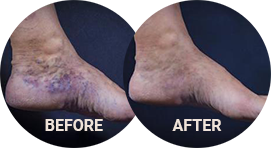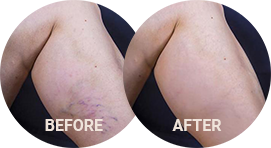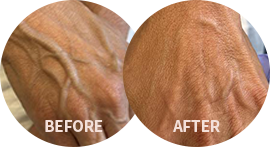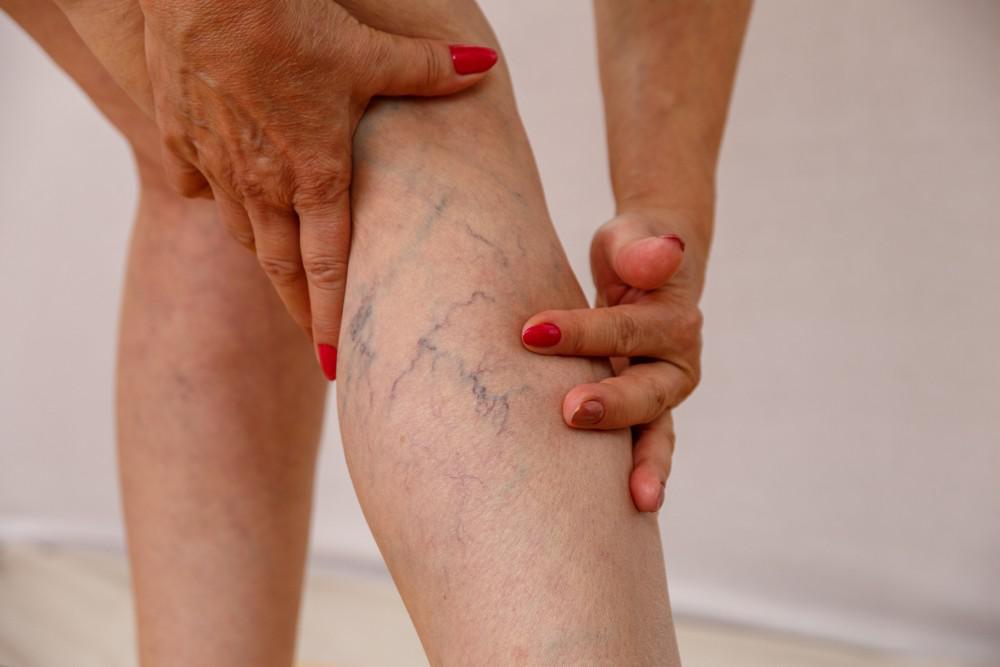The gnarled, blue-green appearance of spider and reticular varicose veins isn’t a welcome sight when they appear on your legs, although you and an estimated 20% of American adults will develop this unsightly condition at some point in your lives. In some instances, these veins are simply cosmetic. They won’t cause pain or further blood vessel complications, and if you seek treatment, it will be for reasons of appearance rather than medical necessity. However, bulging varicose veins and spider veins affect about a third to half of the world’s population. This condition, venous insufficiency, has different stages. The more advanced the disease, the higher the risk of developing complications.
Premier Vein Clinic is your choice for any vascular concern in the Westlake, Ohio, area. Dr. David Naar’s respected reputation assures you of the finest care for your varicose vein problem regardless of its severity. Of course, the best alternative is to prevent the appearance of these veins before they start.
Can you Prevent Varicose Veins?
With genetics as one risk factor contributing to varicose veins, it may not always be possible to prevent them from forming. Other risk factors also contribute, so you may have more than one challenge contributing to the issue. Besides genetics, your chances for developing varicose veins (or their milder version called spider veins) increase with:
- Age: time takes a toll on many body systems and veins in your legs may begin to fail as you get older
- Gender: women get varicose veins more often than men
- Mobility: sitting or standing for long periods of time prevents leg veins from moving blood efficiently
- Obesity: extra body weight adds circulatory strain, and your legs may suffer because of it
- Pregnancy: the changes to your body, including the volume of blood, could induce enlarged leg veins (though varicose veins due to pregnancy may disappear after your child is born).
Improving your Odds
When you’ve got more than one risk factor at work, but you don’t yet show signs of varicose veins, you may be able to counter some of that risk through some simple lifestyle choices and changes. Let’s look at how varicose veins form first.
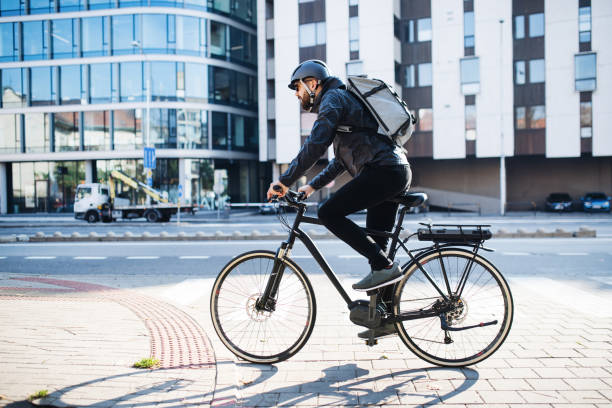
Blood delivered to your feet and legs through arteries face an uphill climb through the veins back to the heart and lungs. Working against gravity, veins have tiny valves along their length that act as backflow preventers. It’s when these valves fail, then varicose veins begin to form. Often, they fail because they’re left to do the gravity-fighting work themselves.
When you walk or run, the muscles in your legs contract and relax to give you motion, but they also provide a pumping action for veins in your legs. Motion and mobility become your friends when you’re targeting varicose vein prevention. “The calfs are the heart of the legs”.
Here are some essential ways you can help your veins and their valves to pump blood up out of your legs:
- Avoid single positions for extended times: if you’re sitting or standing, change positions frequently or do simple, small exercises to keep your legs moving and blood pumping like ankle flexion and extension. Similar motion to pressing the gas pedal.
- Add activity: walking, cycling, swimming, running, and yoga can all improve vein function when added to your daily routine
- Use compression socks or stockings: the extra external support helps to keep venous pressure from causing valve malfunction
- Improved nutrition: a diet full of complex carbohydrates, moderate amounts of protein, and healthy fats promotes weight loss and maintenance as well as helping your body maintain itself
If, despite your efforts, varicose veins appear, contact Dr. Naar and our team at Premier Vein Clinic and ask about treatment. You can call the office directly or request an appointment online. Premier Vein Clinic continues to see patients through the COVID-19 crisis. Find our modified operating procedures here.


